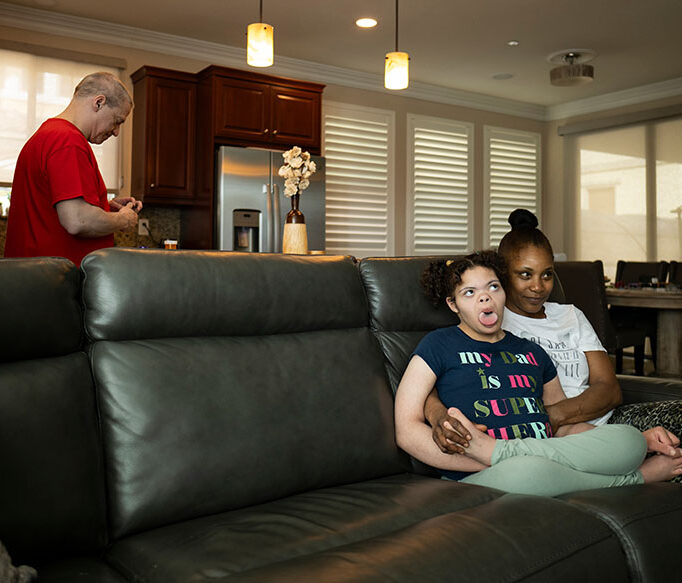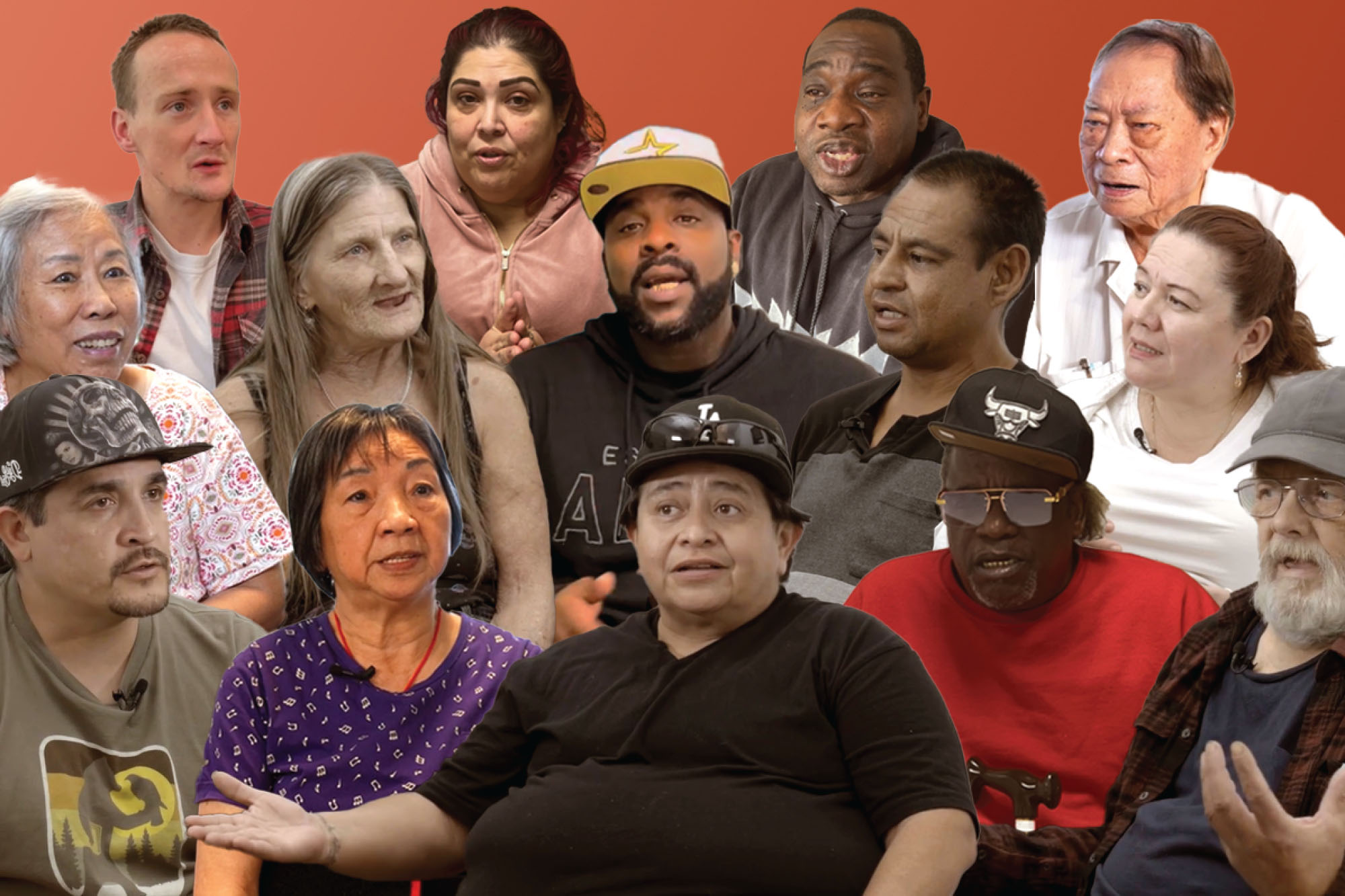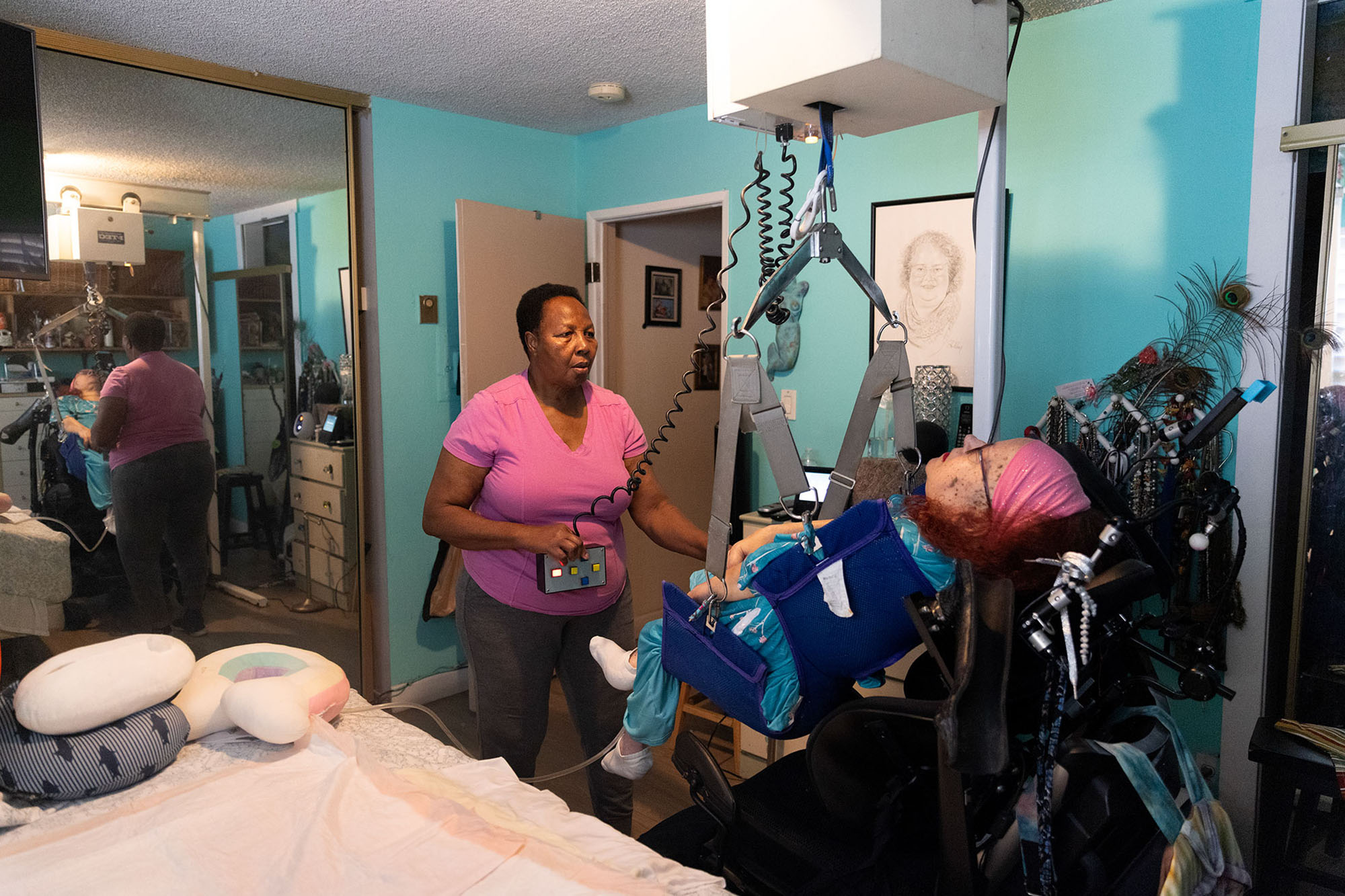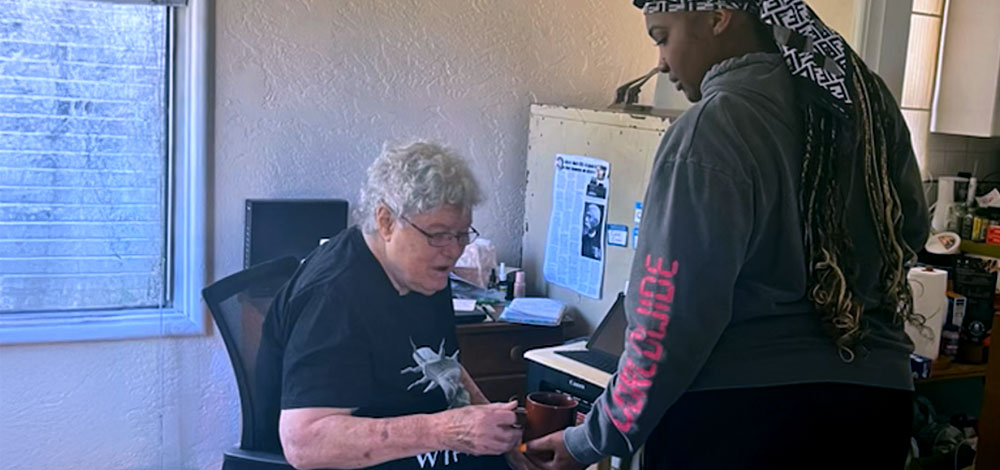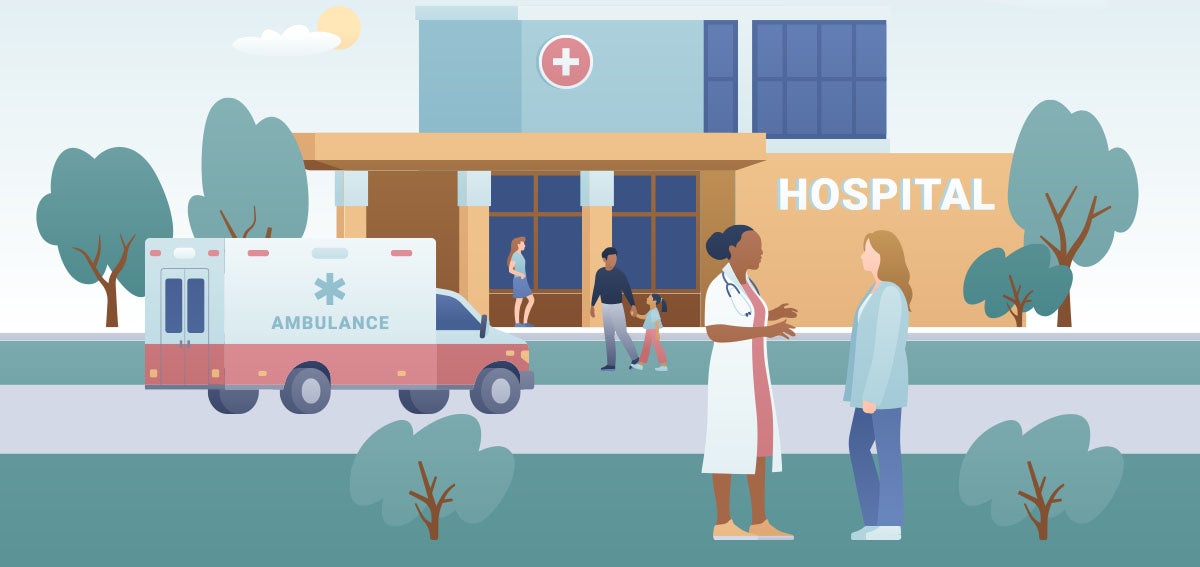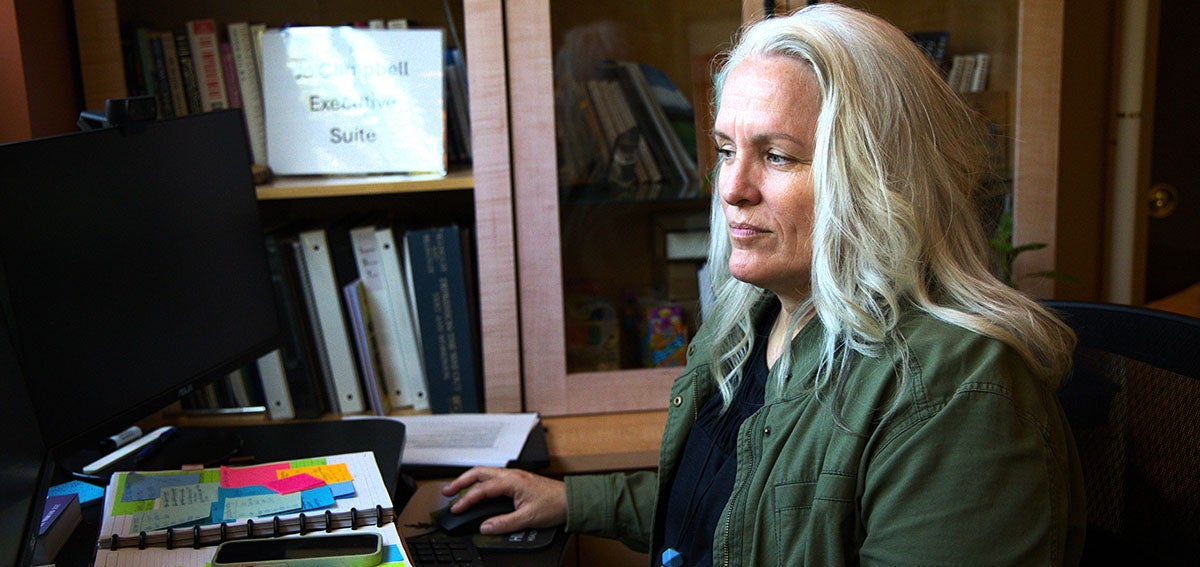|
Getting your Trinity Audio player ready…
|

A congressional proposal to cut $880 billion of federal funding to Medicaid, including California’s Medi-Cal program, is raising alarm bells among health care and social services providers in every corner of the state. Medi-Cal is a critical lifeline for nearly 15 million Californians, including those with severe disabilities and chronic conditions who rely on its coverage for essential medical and support services.
In Orange County, families expressed fear and anger about the repercussions of large-scale Medi-Cal cuts, and health care leaders share their concerns. Medi-Cal covers more than one million Orange County residents, including 44% of the county’s children and teens.
Seth R. Teigen, MHA, the CEO of Providence Mission Hospital in Mission Viejo, said public insurance programs finance essential care to the community. Cuts to reimbursement for Medi-Cal and other funding sources could “drastically impact the overall sustainability of the health care system” by reducing hospital revenue and increasing costs related to uncompensated care. “This would result in us having to evaluate which programs and services we can continue to make available in the community,” said Teigen. “Medi-Cal is an essential part of our financial health.”
Eric H. Ball, MD, a pediatrician with Children’s Hospital of Orange County-Mission, predicts that if the cuts are adopted, the local economy will tank, medical bankruptcies will skyrocket, diseases once easily treated when caught early will likely become public health catastrophes, and the number of medical specialists able to maintain a practice will dwindle. “Taking away Medi-Cal, or even reducing benefits, would be devasting,” he said. “If there are no hospitals and no specialists to take care of our kids, our health care system just doesn’t work.”
Ball said more than half of the patients in the Children’s Hospital of Orange County Primary Care Network are covered by Medi-Cal. “There was a time when my practice didn’t take Medi-Cal, and then in 2008 we saw lots of parents lose their jobs,” he said. Breadwinners who never thought they’d need a government safety net became Medi-Cal enrollees, including in areas of relative affluence, he said. “In our practice, we realized Medi-Cal can be an important bridge for families.”
Ball said that in addition to harming children and people with disabilities, Medicaid cuts would decimate hospitals. In his area, Children’s Hospital of Orange County-Mission, Chapman Global Medical Center, Foothill Regional, and HealthBridge Children’s Hospital generate between nearly 30% and 90% of their net patient revenue by providing care to Medi-Cal enrollees, according to a CHCF analysis of the latest data submitted by hospitals to the California Department of Health Care Access and Information. What’s more, economic data indicate that Medicaid spending has a powerful effect on local economies. In addition to employing hospital and health care providers and staff, it fosters job growth in a variety of sectors and raises average annual household earnings. Income paid to health care workers and vendors stimulates spending, a portion of which is recycled through state revenues that then offset the state’s share of program costs, according to a 2021 Commonwealth Fund study.
Worried Sick
Kim and Joseph Hüber of Lake Forest, California, say they are worried sick about what could happen to them and their 19-year-old daughter Leah, who was born with Down syndrome and later diagnosed with Lennox-Gastaut Syndrome, a rare and severe form of epilepsy characterized by cognitive and behavioral impairments in addition to seizures. Leah, who requires assistance to walk, talk, use the bathroom, and eat, is a Medi-Cal enrollee.
“Taking care of Leah is like taking care of a newborn, only she weighs almost the same as I do,” said Kim. During the pandemic, Leah’s school went online and was no longer caring for her in person during the daytime. At the same time, the high school that Kim taught at moved to online instruction, and it was impossible for her to do that job and care for Leah at the same time. Kim retired early from her job as a high school math teacher and became Leah’s full-time caregiver.
The Hübers are grateful that they have one another, that Joseph is employed as a high school science teacher, and that they have the support of colleagues and families. But without the services and supplies paid for by Medi-Cal, they can’t imagine how they would get through their days. Medi-Cal covers 100% of Leah’s routine doctor and specialist visits, surgeries, and hospital stays, as well as medical equipment, supplies, and medications. Kim estimates that without Medi-Cal her family would need to come up with at least $10,000 a month to meet Leah’s basic needs. In January, Leah was hospitalized with double pneumonia for five weeks, including three weeks in intensive care. That inpatient stay alone could have bankrupted the family.
People with disabilities and disability families are the invisible people, but now we must be heard.
—Orange County resident Kim Doyle
Kim is so unnerved that she has been waking in the middle of the night to read about the latest news and policy developments on her tablet. “Everybody is talking about possible Medicaid cuts,” she said. “We’re horrified. The fact that anyone could support cuts that would hurt a family in our position and someone like my daughter is unconscionable.”
But she and her husband will stop at nothing to get their daughter the care she needs. “I think there are a lot of people out there who feel the same way,” said Kim. “They see that these cuts will negatively impact their loved ones. In fact, they’ll negatively affect everyone — except maybe the billionaires who are planning to move to Mars.”
Without Medi-Cal, ‘I Would Be Dead’
Anaheim resident Ruth Manzo, who works full-time for Community Action Partnership of Orange County, a community-based organization that helps connect people with housing and social services, agrees. Manzo supports her family of three — including her spouse with disabilities and her high school son.
For the past 17 years, the family has received health care only because of Medi-Cal. “Without Cal-Optima [the Medi-Cal plan for Orange County], I would be dead,” said Manzo, who has diabetes and bipolar disorder. Manzo maintains that regular doctor visits and access to medications and supplies like blood-sugar testing strips keep her healthy enough to work, provide for her family, and contribute to the community.
Strong Public Support for Medi-Cal, Medicaid
As lawmakers consider changes to the Medicaid program, a recent national KFF Health Tracking Poll found that only 17% of Americans want a reduction in Medicaid spending. The vast majority of people either want Medicaid spending to stay about the same (40%) or increase (42%). Similarly, a recent CHCF survey found well over 80% of California adults believe Medi-Cal is important to the state, with two-thirds of Californians across party lines opposing Medi-Cal cuts.
It is imperative for society to provide health care to our most vulnerable citizens, Providence Mission CEO Teigen said. “Medi-Cal is not a welfare program. It is an essential health program for moms, babies, veterans, seniors, and more. Many of our neighbors, our community members rely on Medicaid,” he said.
Some experts say the public has grouped Medicaid with Social Security and Medicare as programs that should be protected from cuts by federal and state lawmakers. At a recent town hall in Tustin, a community near the Hübers’ home, a standing-room-only crowd of about 200 people voiced concern over potential Medicaid cuts.
Disability Community Plans to Fight
Orange County resident Kim Doyle, whose 20-year-old daughter Trinity has a dual diagnosis of Down syndrome and autism, said her community is prepared to go to the mat. “People with disabilities and disability families are the invisible people,” she said. “But now we must be heard.” It’s time to reprise the litmus test of former Vice President Hubert Humphrey, who in the 1970s observed that the ultimate moral test of any government is how it treats its children, elderly, and people with disabilities, Doyle said.
Trinity is covered by her father’s health insurance and uses Medi-Cal only as secondary insurance. Nonetheless, the coverage it provides is crucial. The young woman has undergone 18 surgeries and countless other procedures, said Doyle. Without Medi-Cal, just one operation would have bankrupted the family.
“Medi-Cal is a life-or-death issue for us,” she said.
Authors & Contributors
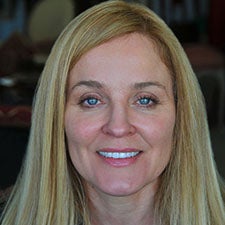
Victoria Clayton
Victoria Clayton is a journalist and creative writer in Southern California. Her work has appeared in The Guardian US, The Atlantic, the Washington Post, Open Mind, and many other publications. She writes on a range of topics, including health, well-being, and family.
Clayton is a member of the American Society of Journalists and Authors.

Kyusung Gong
Kyusung Gong is an independent photojournalist based in Los Angeles and the Orange County area. He is a former staff photographer at the Orange County Register. He is working on an MFA degree in photography at the Academy of Art University and is a journalism lecturer at Cal State Long Beach.


